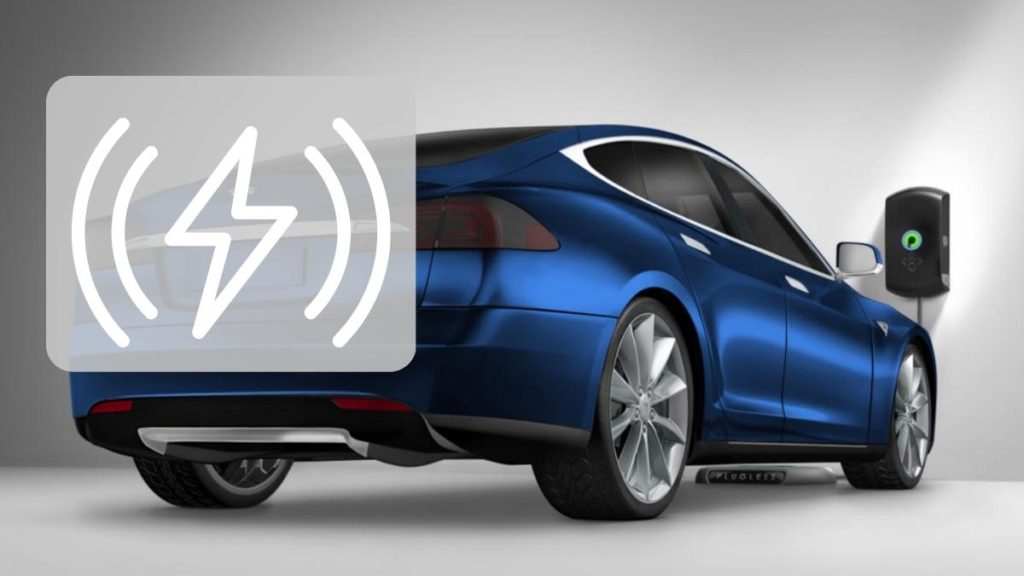Buckle up, fellow EV enthusiasts, because the future of charging infrastructure is here and it’s looking more electrifying than ever before, especially with the advent of wireless EV Charging! As we charge towards a greener future with EVs, the need for efficient charging infrastructure has become more crucial than ever. But don’t worry, the charging game is getting stronger with each passing day. And as always, Tesla is leading the way with its cutting-edge wireless EV charging technology, while non-Tesla supercharging stations are trying to keep up.
In this electrifying blog post, we’ll delve into the latest developments in the world of EV charging, with a special focus on Tesla’s wireless charging and the rise of non-Tesla supercharging stations. Get ready to be shocked (but not electrocuted) with the juiciest and most controversial takes on the EV charging game.
Tesla’s Wireless EV Charging
Tesla is no stranger to innovation, and now the company is working on wireless charging for its EVs. A recent article by Green Car Reports suggests that Tesla may be preparing to offer wireless EV charging in the near future. According to the article, Tesla has filed a patent for a “lift that can elevate a vehicle and connect it to a wireless power source.” This “magic dock” could be a game-changer in the EV industry, as it eliminates the need for physical charging cables and makes charging even more convenient.
InsideEVs has even reviewed Tesla’s new “Magic Dock” Supercharger, which they claim can charge a Model 3 at a rate of 155 kW. While Tesla has not officially announced the release of the “Magic Dock,” this technology could change the way we think about EV charging.
Source: InsideEVs
Non-Tesla Supercharging Stations
While Tesla has the advantage of its own proprietary Supercharger network, other companies are also expanding their charging infrastructure. According to a recent article by InsideEVs, there are now over 1,500 non-Tesla supercharging stations in the United States, with many more planned for the future. These non-Tesla supercharging stations use the CCS (Combined Charging System) standard, which is compatible with most EVs on the market today.
Volkswagen has also confirmed plans to release a $40,000 electric SUV called the VW ID.4. The SUV will reportedly have a range of 250 miles and be compatible with non-Tesla supercharging stations. This is a significant move for Volkswagen, as the company aims to compete with Tesla in the EV market.
Tesla’s CCS Adapter Upgrade
While Tesla has its own proprietary Supercharger network, the company also offers a CCS (Combined Charging System) adapter that allows Tesla vehicles to charge at non-Tesla supercharging stations. However, this adapter is an optional upgrade that costs $450, according to an article by InsideEVs. While this may seem expensive, it could be a valuable investment for Tesla owners who frequently travel long distances and rely on non-Tesla supercharging stations.
The Future of EV Charging
As EVs become more mainstream, the demand for charging infrastructure will continue to grow. Tesla’s wireless charging technology and the rise of non-Tesla supercharging stations are just two examples of innovations in EV charging infrastructure. In addition, other companies like Kia are also teasing new EVs with long-range capabilities, which will require more charging infrastructure to support. You can read my other blog about Tesla here.
Conclusion:
The future of EV charging is exciting and ever-changing. Tesla’s wireless charging technology and the expansion of non-Tesla supercharging stations are just the beginning. As more companies enter the EV market and more consumers adopt EVs, the demand for charging infrastructure will continue to grow. It’s important for companies to continue investing in EV charging infrastructure to support the growth of the EV market.
To get an in-depth idea on Electric vehicles, you can read my other blog here.
Share your thoughts below.
